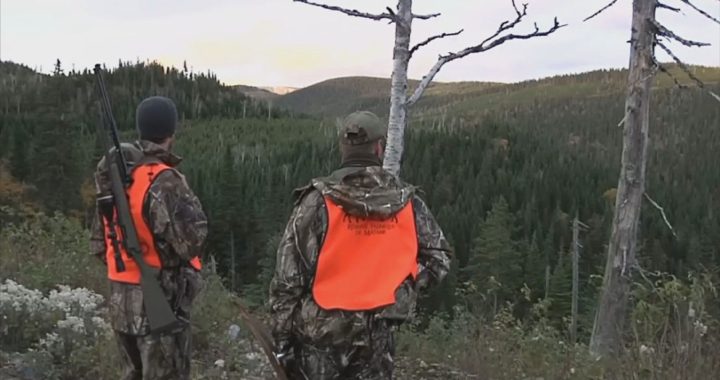When you think of granny hankies you probably don’t think of an iPad, but it’s how Selkirk First Nation beader Kaylyn Baker is putting a new spin on an age-old accessory.
“Growing up I would always see my elders using it, my mom, my grandma on dad’s side,” Baker tells APTN News.
“I always just really loved it, how it’s all brightly coloured and how so many people utilize it in so many different ways.”
In early October Baker launched a line of Indigenous granny hankies.
One month in, Baker says she’s had around 300 hundred orders for hankies from as far away as New Mexico.
Even Indigenous social media influencer peejsicle is sporting her designs on Tik Tok.
“The fact that people love it, it just makes me feel really, really great,” Baker says.
A new spin on traditional art
Baker says she got the idea for hankies while working on a project for a Canada Council for the Arts grant earlier this summer.
After ordering some samples online, Baker says she was “amazed” by how well they turned out.
“The colours, they turned out so well. It was real. I thought if this is going to happen, I’m going to try,” she says.
“After I finished it I was so excited. I ended up staying up all night and made four more.”
Unlike other Indigenous granny hanky lines, Baker’s hankies don’t feature actual beading or tufting.
Using an iPad and stylus, Baker takes photos of previously completed beadwork, increases the image size on Photoshop, and meticulously isolates the image from the background. In many cases, the image is mirrored to create a traditional-looking hanky design.
“It is really different because I’m not sitting here working with different materials,” Baker says.
“I don’t have everything out and I can sit here and use my iPad.”
The hankies incorporate poems and stories she’s written, as well as other elements, like her personal experiences or memories.
She says the first hanky she created, called the North’s Ballerina, depicts a poem she wrote years ago.
“I called it that because a long time ago I created a poem about how the northern lights are dancing,” she says.
Another hanky includes beadwork representing the dark and light after her cousin’s passing.
Mixing tradition with technology

Baker says it’s a tedious process to create a hanky. The design process itself takes around 10 hours, though Baker says her background in beading prepared her for the long hours.
“I think doing all the beadwork for all those years kind of prepared me mentally to be able to sit there all day and isolate one bead at a time,” she says.
While the hankies are mainly designed by computer, Baker says the process reminds her of traditional beading.
“It is very similar in the sense that it does take a long time and it is very special to me. Each piece has its own story and even combining the themes there is a lot that is similar,” she says.
Baker hopes to eventually integrate artwork into the hankies from elders and youth in her home community of Pelly Crossing.
“There are so many talented artists from Pelly Crossing, and if I could just help give back in a way, I would really love to help,” she says.
Baker says she’s collaborating with other Indigenous entrepreneurs, like Joella Hogan of the Yukon Soaps Company.
Yukon Soaps will use an upcoming hanky design for its soap packaging, and will also include one of Baker’s hankies.
With more requests for hankies rolling in, Baker says she is excited to see where the hanky business takes her.
“It’s been amazing to see how much of an impact it makes on people when it’s just something that I just sit here and do.”










